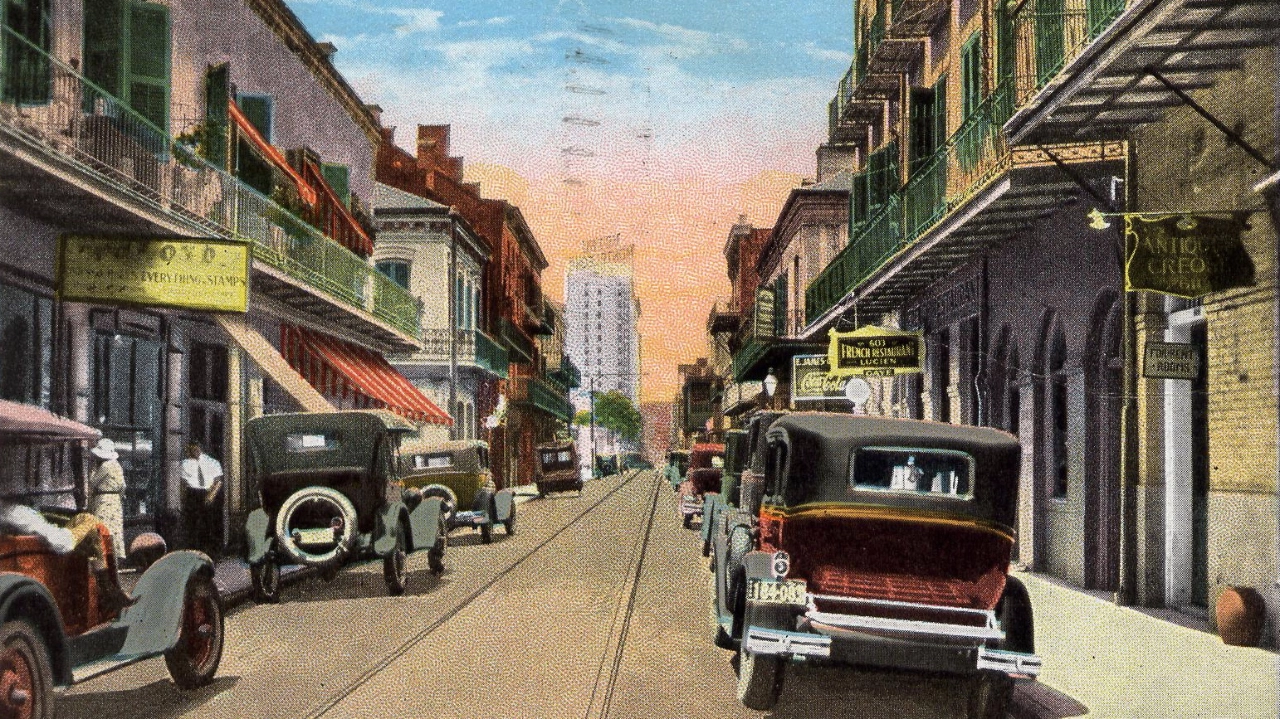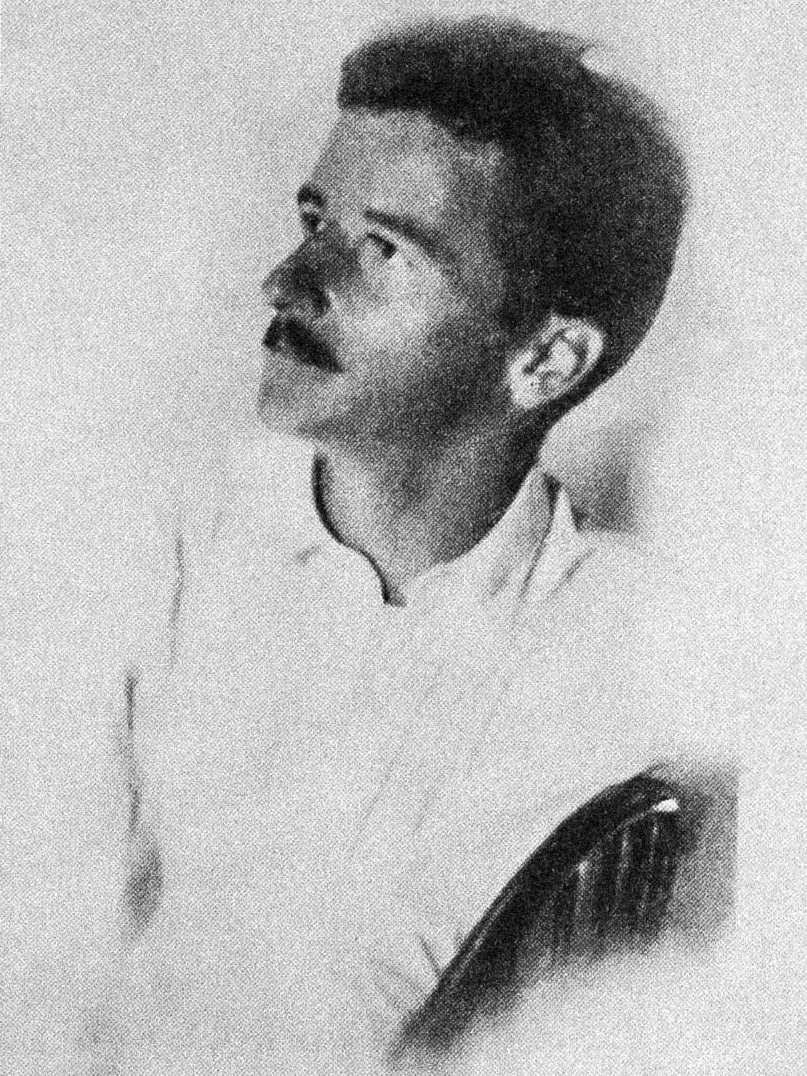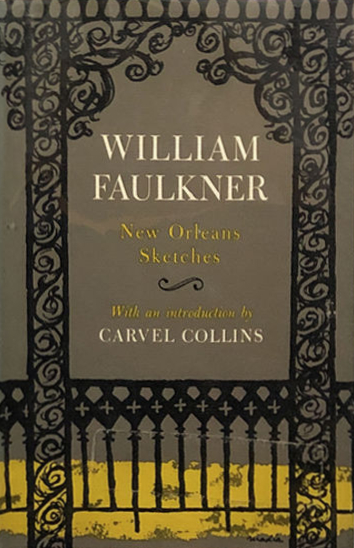
Faulkner in the French Quarter: ‘New Orleans Sketches’ Book Review
William Faulkner, New Orleans Sketches. First published by Rutgers University Press, August 18, 1958.
This collection of short stories represents some of Faulkner’s first published prose pieces. The book has little connection to New Orleans other than that Faulkner (1897–962) wrote the pieces while he was living in the city in 1924 and 1925 and most of them were published there. A few are set in New Orleans, but most are set either elsewhere or in indeterminate locations.
The book comprises three parts. The first, with the title “New Orleans,” is a collection of eleven very short pieces that were published in the New Orleans literary magazine The Double Dealer in January–February 1925. They are impressionistic profiles of anonymous people from a variety of professions and walks of life. They are mostly forgettable, except as a very early example of Faulkner’s prose.
The second part of the book is more interesting. It comprises sixteen longer stories that were published in the New Orleans Times-Picayune newspaper between February and September 1925. They range in subject and quality, but some display the beginnings of the prose virtuosity that Faulkner displayed in his later work. (Some also display the racial attitudes that were common in the South and elsewhere at the time.)

William Faulkner in a 1924 publicity photo issued to promote the publication of his poetry collection The Marble Faun (Photographer unknown, Photo distributed by The Four Seas Company, Public domain, via Wikimedia Commons)
My favorites are “The Liar” and “Country Mice.” These stories showcase Faulkner’s gift for story-telling, with both using the device of an entertaining narrator telling a story within the story.
In “The Liar,” a man who has a reputation for telling tall tales is amusing his friends on the porch of a rural general store. He swears that in this case, the story he’s telling is true. But a stranger is also listening, for whom the story hits too close to home. One of the storyteller’s friends tells him that whether the story is true or false, he’s made a mistake either way. Faulkner nails the essence of the man’s dilemma in one sentence:
“And convicted of both truthfulness and stupidity, he turned his face bitterly to the wall, knowing that his veracity as a liar was gone forever.”

William Faulkner's New Orleans Sketches, first edition.
Buy ‘New Orleans Sketches’ on Amazon
As an Amazon Associate, I earn a commission from qualifying purchases
My other favorite story is “Country Mice.” While driving his luxurious automobile out in the country, a wealthy and sophisticated bootlegger tells about the time he and his brother had planned to make a killing by bringing whiskey from Montreal to New Haven to sell to Yale football fans. They had paid off the cops along their route and had everything figured out, but they were outfoxed by a “hick” justice of the peace and his sons.
The third part of the book is a critique of Sherwood Anderson’s books that was published in the Dallas Morning News in April 1925. Among the seven books that Faulkner evaluates, he sees fit to praise only Winesburg, Ohio and Horses and Men. His assessments of the other books are not particularly mean-spirited. But inasmuch as Anderson had befriended and mentored Faulkner, the younger writer’s conclusion that Anderson “has not matured yet, despite his accomplishments so far,” seems somewhat ungenerous.
Only a few of the stories in New Orleans Sketches really hold up on their own, but the book is worth reading if only to compare Faulkner’s first published prose efforts to his later work. Even literary giants have to start somewhere.
Copyright © Brian Lokker 2023.







